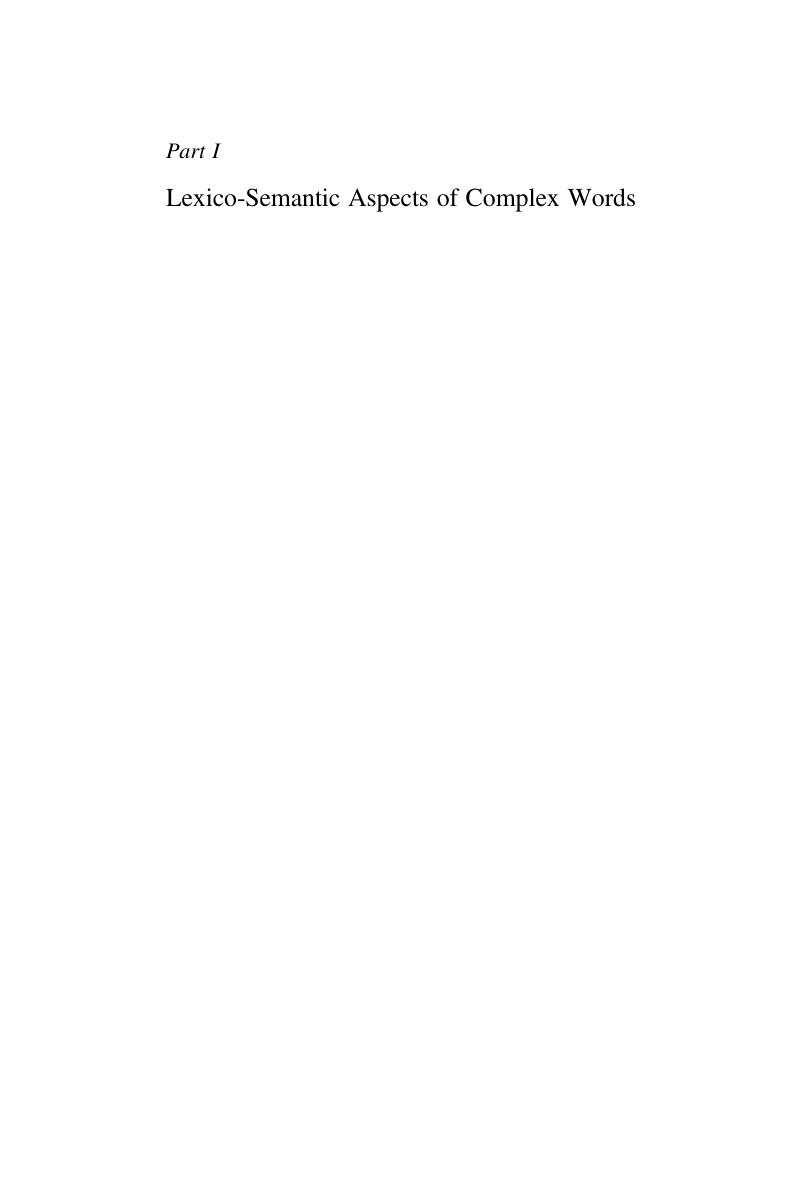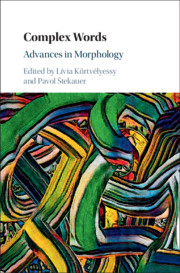Part I - Lexico-Semantic Aspects of Complex Words
Published online by Cambridge University Press: 18 September 2020
Summary

- Type
- Chapter
- Information
- Complex WordsAdvances in Morphology, pp. 17 - 116Publisher: Cambridge University PressPrint publication year: 2020



